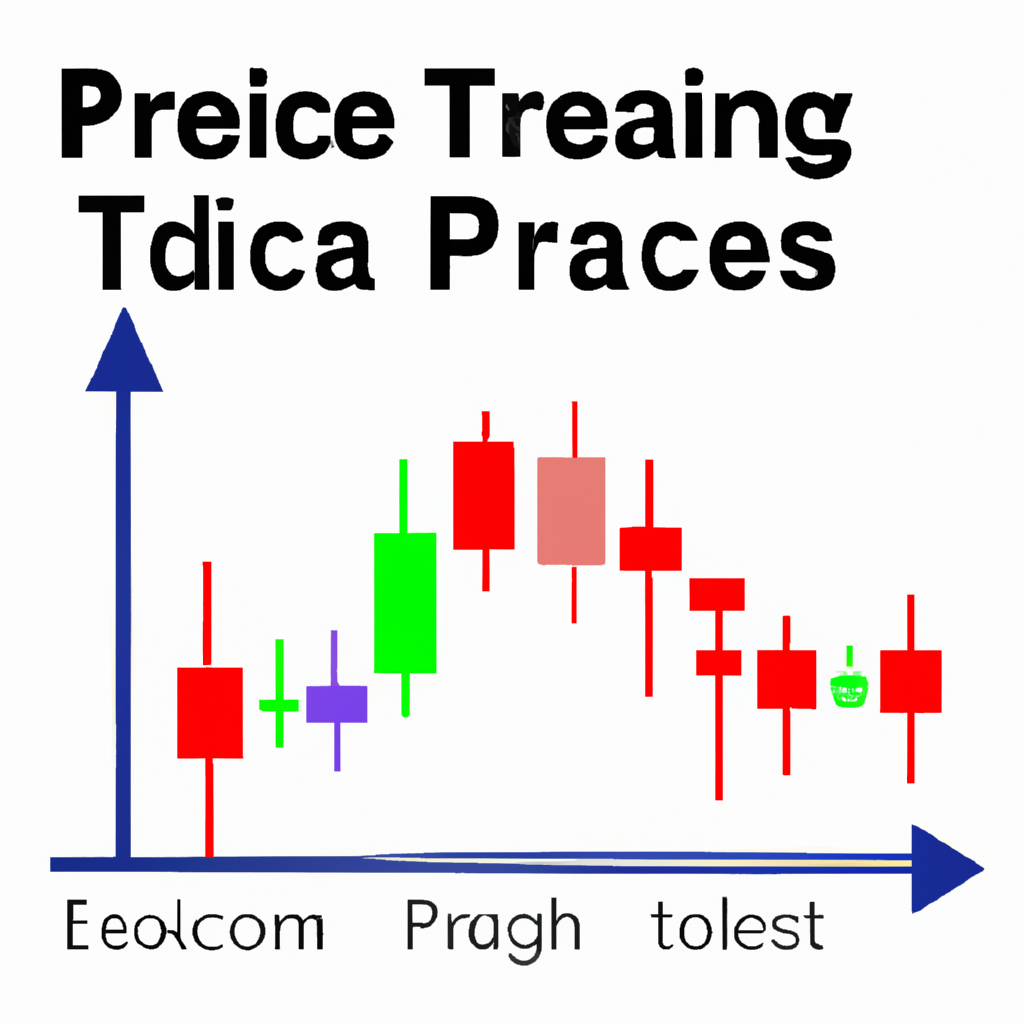
Price Action Trading Techniques
Price action trading is a popular method used by traders to analyze and make decisions based on the price movements of a financial instrument, rather than relying on indicators or other technical analysis tools. This approach is based on the belief that all the information needed to make a trading decision is contained within the price itself. Here are some price action trading techniques to help you improve your trading skills:
1. Support and Resistance Levels
One of the key principles of price action trading is identifying support and resistance levels on a price chart. Support levels are areas where the price tends to find buying interest, while resistance levels are areas where selling interest is typically found. By identifying these levels, traders can make more informed decisions about when to enter or exit a trade.
2. Candlestick Patterns
Candlestick patterns are another important aspect of price action trading. These patterns can provide valuable information about market sentiment and potential price movements. Some common candlestick patterns to look out for include doji, hammer, engulfing, and shooting star patterns.
3. Trendlines
Trendlines are used to identify the direction of the market trend. By drawing a line connecting the highs or lows of price movements, traders can determine whether the market is in an uptrend, downtrend, or ranging. Trendlines can help traders identify potential entry and exit points based on the direction of the trend.
4. Price Action Signals
Price action signals are specific patterns or formations on a price chart that indicate a potential reversal or continuation of a trend. Some common price action signals include pin bars, inside bars, and engulfing patterns. By recognizing these signals, traders can make more accurate predictions about future price movements.
5. Risk Management
Effective risk management is crucial when using price action trading techniques. Traders should always have a clear plan in place for managing their risk, including setting stop-loss orders and determining their risk-reward ratio before entering a trade. By managing risk effectively, traders can protect their capital and avoid significant losses.
Overall, price action trading techniques can be a powerful tool for traders looking to improve their trading skills and make more informed decisions in the market. By understanding key principles such as support and resistance levels, candlestick patterns, trendlines, and price action signals, traders can gain a deeper insight into market dynamics and increase their chances of success.





